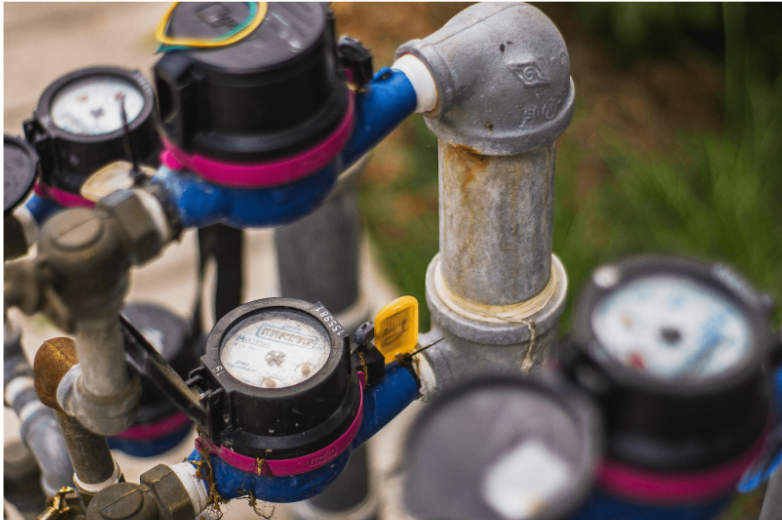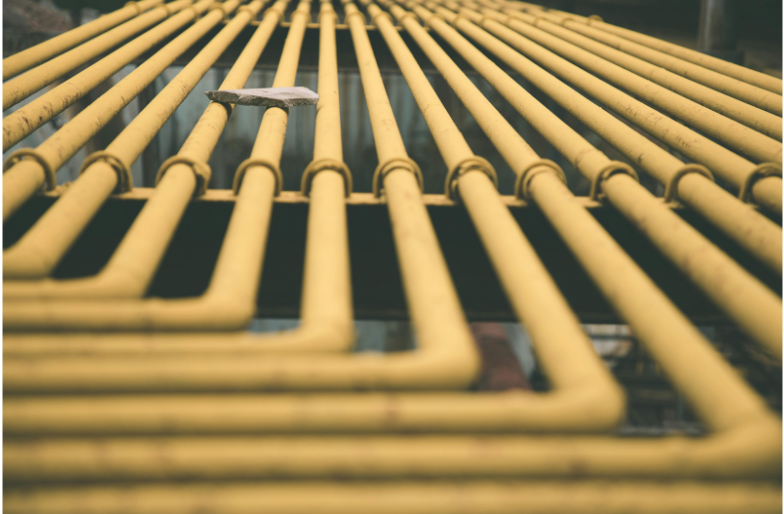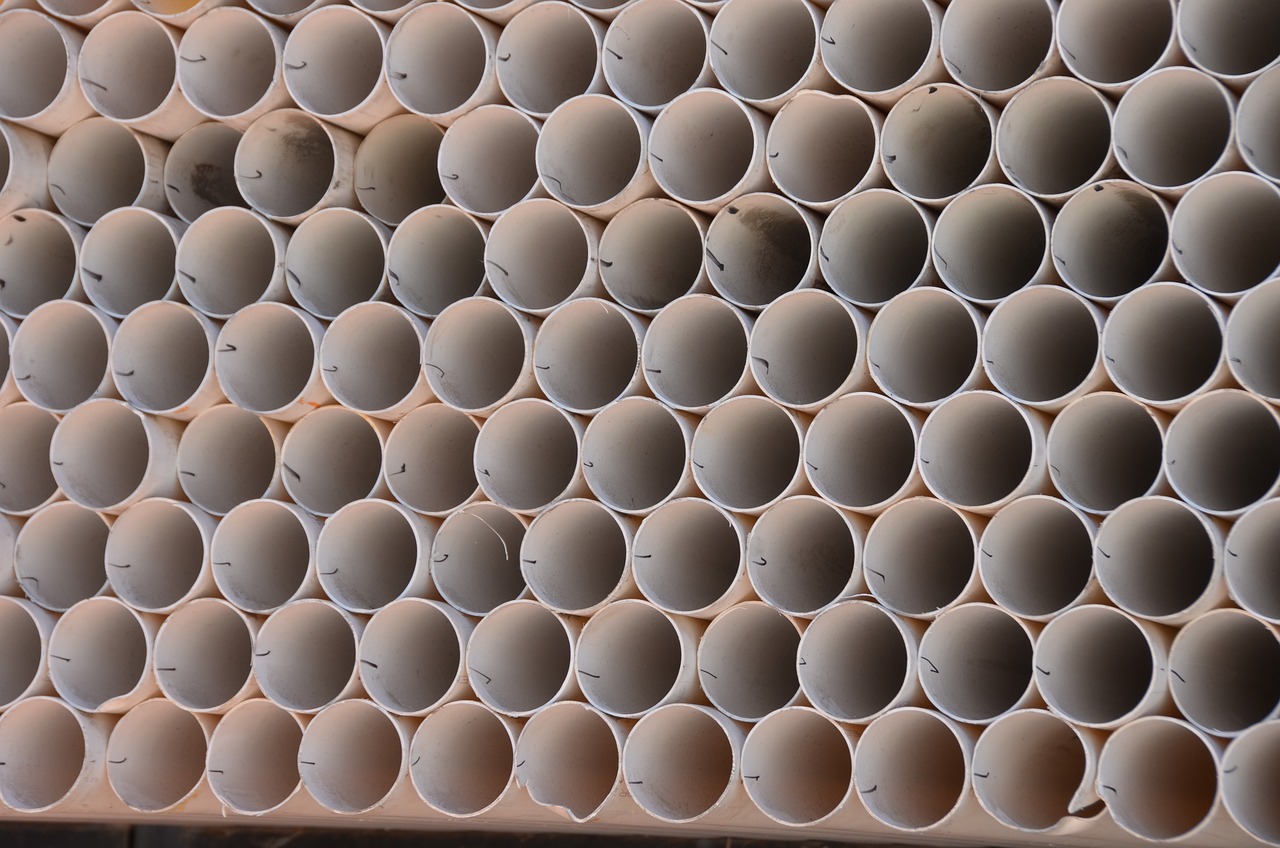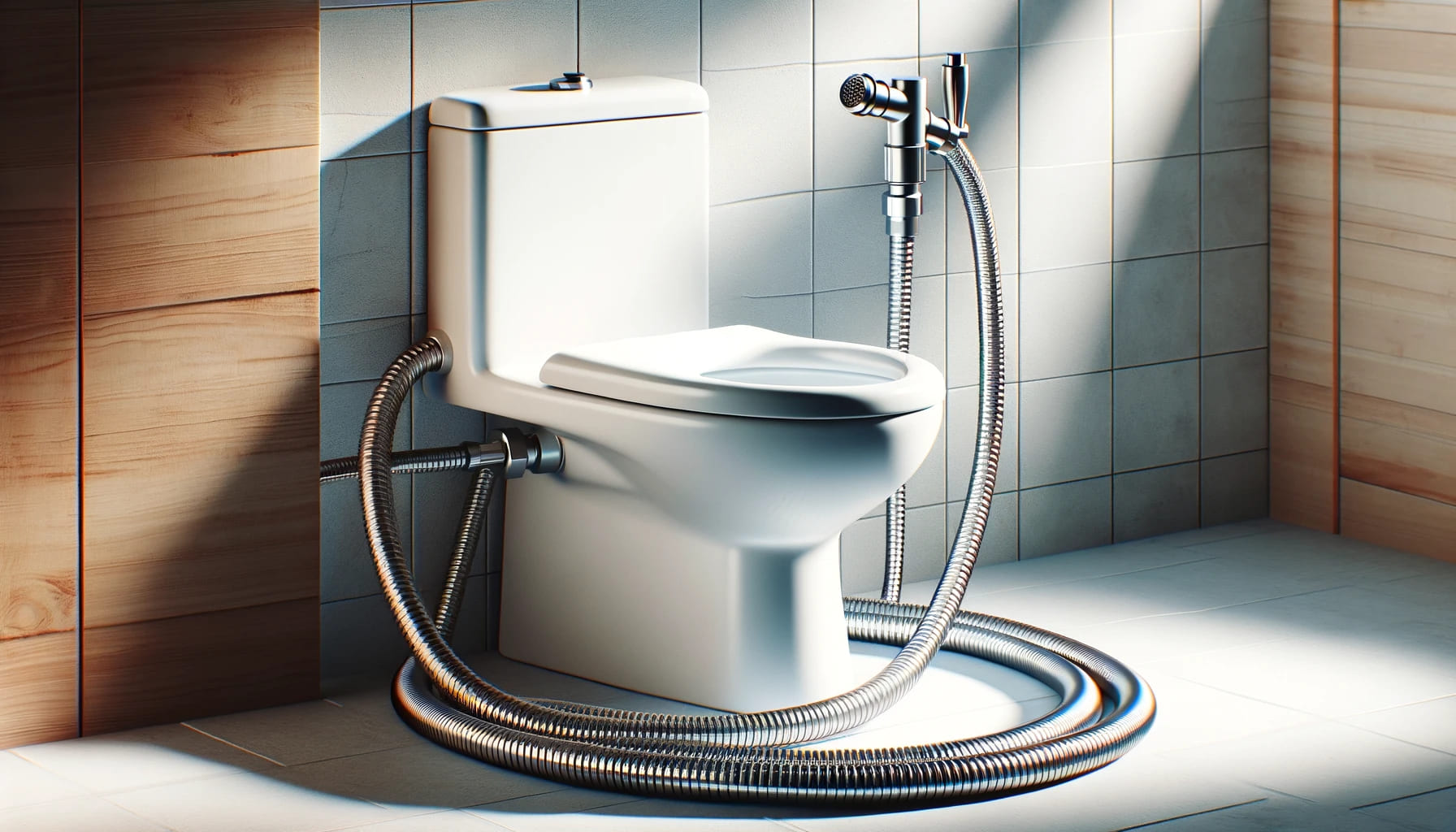- ALFRAN - OUR HOUSE BRAND
- Pipes
- Fittings
- Valves
- SOLAR PV SYSTEM
- Accessories
- Building Materials
- KITCHEN SERIES
- BATHROOM SERIES
- OTHERS - NON BUILDING MATERIALS
Forging the Future: A Comprehensive Guide to The Enduring Legacy of Structural Steels in Construction (2024)
May, 31 2024
Author: Unitrade
Share This With
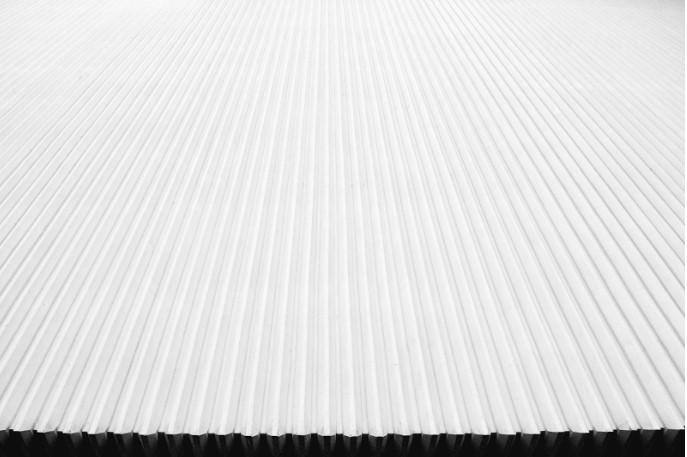
A cornerstone of modern construction, structural steels provide strength, versatility and durability like no other material. Its immense properties allow engineers and architects alike to unleash creative designs like never before, all with the added security and sustainability that structural steel offers. In fact, some of the tallest and most significant skyscrapers, bridges, industrial facilities, and architectural landmarks worldwide all have structural steel to thank for their existence,
What is Structural Steels
Structural steel is a type of steel construction material that is used primarily in the construction of buildings and other large structures. It is characterised by its high strength-to-weight ratio, durability, and versatility, making it a popular choice for architects, engineers, and builders.
In construction projects, structural steel members such as beams, columns, channels, angles, and plates are fabricated and assembled according to engineering specifications to form the framework of a structure. These members are often connected using welding, bolting, or riveting methods to create a robust and stable framework capable of supporting the intended loads and forces.
Properties of Structural Steel
Structural steels typically consist primarily of iron and carbon, with small amounts of other alloying elements added to enhance its properties. The composition of structural steel can vary depending on the specific grade and desired characteristics.
The main elements found in structural steel include:
- Iron (Fe): Iron is the primary component of structural steel, providing its basic structure and strength.
- Carbon (C): Carbon is added to steel in varying amounts to enhance its hardness and strength. The carbon content in structural steel typically ranges from 0.05% to 0.25%.
- Manganese (Mn): Similar to carbon, manganese is often added to structural steel to improve its strength, hardness, and toughness. It also helps in deoxidising the steel during the manufacturing process.
- Silicon (Si): Silicon is commonly present in structural steel to improve its strength and hardness. It also is vital in deoxidisation and enhances the steel’s resistance to corrosion.
- Sulfur (S) and Phosphorus (P): These elements are considered impurities in structural steel and are usually kept to very low levels to prevent brittleness and improve weldability.
- Other Alloying Elements: Depending on the specific grade and intended application, other alloying elements such as chromium, nickel, vanadium, and copper may be added to enhance specific properties like corrosion resistance, toughness, or heat resistance.
The precise composition of structural steels can vary widely depending on the desired mechanical properties, environmental conditions, and manufacturing processes. Different grades of structural steel are formulated with specific compositions to meet the requirements of different applications, such as construction, bridges, industrial machinery, and more.
Grades of Structural Steels
Structural steel is available in various grades, each with specific mechanical properties and chemical compositions tailored to meet different structural requirements. Some common grades of structural steel include:
1. ASTM A36
ASTM A36 is a widely used grade of structural steel known for its excellent weldability, ductility, and strength. It is suitable for general structural applications and is often used in beams, columns, and angles.
2. ASTM A572
ASTM A572 is a high-strength, low-alloy structural steel grade with improved corrosion resistance. It offers higher yield and tensile strengths compared to ASTM A36, making it suitable for demanding structural applications such as bridges, buildings, and heavy construction equipment.
3. ASTM A992
ASTM A992 is another high-strength, low-alloy structural steel grade designed for structural shapes, plates, and bars. It offers enhanced mechanical properties, including higher yield and tensile strengths, compared to ASTM A36 and is commonly used in wide flange beams and columns.
4. ASTM A500
ASTM A500 is a specification for cold-formed welded and seamless carbon steel structural tubing in round, square, and rectangular shapes. It is commonly used in construction applications such as building frames, support columns, and highway signs.
5. ASTM A709
ASTM A709 is a high-strength, low-alloy structural steel grade used primarily in bridge construction. It offers superior strength, weldability, and atmospheric corrosion resistance, making it suitable for various bridge components such as girders, trusses, and decks.
6. ASTM A992/A992M
ASTM A992/A992M is a specification for structural steel shapes such as wide flange beams, channels, and angles. It offers enhanced mechanical properties compared to ASTM A36, including higher yield and tensile strengths, making it suitable for demanding structural applications.
7. EN 10025
EN 10025 is a European standard for hot-rolled structural steel products. It includes various grades such as S235, S275, and S355, which correspond to different minimum yield strengths. These grades are commonly used in European construction projects for beams, columns, and structural shapes.
These are just a few examples of common grades of structural steel. The selection of the appropriate grade depends on factors such as structural requirements, environmental conditions, and design considerations for specific construction projects.
Structural Steel vs Regular Steel
Despite being similar in some aspects, structural steel has some differences that make it unique from regular steel:
| Structural Steel | Regular Steel | |
| Strength | Stronger as a metal because it comprises iron and carbon with minor alloying elements, and has a higher load-bearing capacity. | Is strong as a metal, but not as strong as structural steel. |
| Composition | Is carefully manufactured with specific chemical compositions and mechanical properties tailored to meet structural requirements, often containing higher levels of carbon and alloying elements. | Is made of generic or basic steel varieties |
| Accessibility | Is readily available from specialised suppliers and steel mills. | Is accessible from general suppliers of construction materials. |
| Practical Uses | Suited for building frames, bridges, and industrial structures. | Is more general-purpose and may have varying compositions, overall being suitable for a wide range of applications. |
| Price | More expensive | Less expensive |
Structural Steel vs Stainless Steel
Structural steel and stainless steel serve distinct purposes in construction and engineering:
| Structural Steel | Stainless Steel | |
| Strength | Stronger as a metal because it comprises iron and carbon with minor alloying elements, has a higher load-bearing capacity. | Not as durable, and does not have a very high load-bearing capacity. |
| Longevity | Is not very resistant to corrosion, and needs protective coatings to sustain over time. | Has a higher resistance to corrosion due to its chromium content, and has more longevity and less need for maintenance overall |
| Price | Less expensive | More expensive |
| Practical Uses | Suited for building frames, bridges, and industrial structures. | Suited for applications requiring hygiene, durability, and aesthetic appeal, such as kitchen appliances, architectural detailing, and marine components. |
Uses of Structural Steel
Structural steel finds extensive use across various industries due to its exceptional strength, versatility, and durability. Some common applications include:
Building Construction
Structural steel is widely used in the construction of skyscrapers, commercial buildings, residential complexes, and industrial facilities. It serves as the framework for the entire structure, providing support and stability.
Bridges
Many bridges, including highway bridges, pedestrian bridges, and railway bridges, utilise structural steel for their superstructure. Steel’s high strength-to-weight ratio allows for long spans and efficient designs.
Industrial Structures
Factories, warehouses, power plants, and other industrial facilities often rely on structural steel for their construction. Steel structures provide the necessary strength to support heavy machinery and equipment.
Stadiums and Arenas
Large sports venues, stadiums, and arenas use structural steel for their roofs, grandstands, and support structures. Steel’s flexibility in design allows for innovative and visually striking architectural features.
Oil and Gas Infrastructure
Offshore platforms, refineries, pipelines, and storage tanks in the oil and gas industry often incorporate structural steel due to its corrosion resistance and strength in harsh environments.
High-Rise Construction
The tall and slender nature of high-rise buildings demands materials with exceptional strength and stability. Structural steel is a popular choice for constructing the frames of tall buildings.
Infrastructure Projects
Structural steel is also used in various infrastructure projects such as airports, railway stations, tunnels, and communication towers, where its strength and durability are crucial for long-term performance.
Architectural Applications
Beyond structural purposes, steel is also used architecturally for features like cladding, facades, and interior design elements due to its aesthetic appeal and adaptability.
The versatility, strength, and reliability of structural steel make it indispensable in modern construction across a wide range of applications.
Benefits of Structural Steels
Structural steel offers numerous benefits that make it a preferred choice in construction projects:
- High Strength: Its impressive strength-to-weight ratio allows for lighter structural members, facilitating the construction of large and complex structures with minimised material usage.
- Versatility: Structural steel’s ability to be fabricated into various shapes and sizes offers flexibility in design and construction, accommodating diverse architectural styles and intricate structural requirements.
- Durability: Highly resistant to corrosion, weathering, and environmental factors, structural steel ensures the longevity and reliability of buildings, reducing maintenance costs over time.
- Speed of Construction: Prefabricated off-site and quickly assembled on-site, steel structures significantly shorten construction times compared to traditional methods, accelerating project completion and lowering overall costs.
- Sustainability: Steel’s recyclability makes it eco-friendly, reducing reliance on raw materials and minimising waste, promoting sustainability.
- Fire Resistance: Despite misconceptions, structural steel can be designed to offer excellent fire resistance with specialised coatings and materials, enhancing safety.
- Adaptability: Easily modified or repurposed to suit changing needs, steel structures are highly adaptable and particularly beneficial in dynamic environments.
- Cost-Effectiveness: Despite initial higher costs, structural steel yields long-term savings through reduced construction time, maintenance expenses, and enhanced energy efficiency, providing excellent lifecycle performance.
These benefits, coupled with the design freedom it offers, make structural steel a preferred choice for various construction projects.
Structural Steel Pricing
While many factors can affect the cost of structural steel, such as quantity, size, manufacturer, and type of structural steel product, Unitrade, a material supplier in Malaysia, offers structural steel products that range from RM 22.24-8,280.
Structural Steel Supplier Malaysia
Structural steel is a reflection of human ingenuity and innovation in construction. Its durability, versatility, and overall sustainability make it the material of choice for architects, engineers, and builders around the globe for any project.
To guarantee the highest level of safety and success in your construction, securing the highest level of structural steel is a must. To discover the best of what Unitrade provides for structural steel, explore their online product listings today.
FAQ:
How is structural steel fabricated and installed?
Structural steel is fabricated through processes such as cutting, welding, drilling, and assembly, typically performed in specialised facilities known as steel fabrication shops. Once fabricated, steel components are transported to the construction site and installed according to engineering drawings and specifications using methods such as bolting, welding, or riveting.
How does structural steel compare to other construction materials, such as concrete or wood?
Structural steels offer several advantages over alternative materials such as concrete or wood, including a higher strength-to-weight ratio, faster construction times, greater design flexibility, and lower maintenance requirements. While each material has its strengths and limitations, structural steel is often preferred for its overall performance and durability in a wide range of applications.
What maintenance is required for structural steel over time?
Maintenance requirements for structural steels typically include regular inspection for signs of corrosion, damage, or wear, cleaning to remove dirt and debris, and application of protective coatings or paints to prevent corrosion and extend the lifespan of the steel components. Proper maintenance helps ensure the structural integrity and longevity of steel structures.
How sustainable is structural steels compared to other building materials?
Structural steels are considered highly sustainable compared to other building materials due to its recyclability, energy efficiency, and minimal environmental impact. Steel is one of the most recycled materials in the world, with a high recycling rate, and can be reused or repurposed at the end of its lifespan. Additionally, steel production processes have become increasingly efficient and environmentally friendly, further enhancing its sustainability credentials.
What are some notable projects built using structural steels?
Some notable projects constructed using structural steels include iconic skyscrapers like the Empire State Building and the Burj Khalifa, landmark bridges such as the Golden Gate Bridge and the Sydney Harbour Bridge, and modern architectural marvels like the Walt Disney Concert Hall and the Bird’s Nest Stadium in Beijing. These projects showcase the versatility, strength, and innovation of structural steel in construction.
-
Category
Construction & Buildings -
Tags
Everything You Need to Know About Poly Pipe: A 2024 Guide
Read moreForging the Future: A Comprehensive Guide to The Enduring Legacy of Structural Steels in Construction (2024)
Read moreA Guide to Mastering Pressure Switches: Functionality, Applications, and Maintenance (2024)
Read moreMastering Pipe Fittings: A Comprehensive Guide to Selection, Prevention, Reuse, and Measurement (2024)
Read moreChoosing Between PVC and Poly Pipes: A Comprehensive Comparison (2024)
Read moreGalvanised Iron (GI) Pipe Fittings, Joints & Connectors
Read moreWhat is Fibreglass Insulation (Pros and Cons, Alternatives)
Read moreStainless Steel Flexible Hose Guide & Supplier Malaysia (2024)
Read moreWhat are uPVC Fittings? (Types, Advantages, Applications)
Read morenewsletter Subscription
Sign Up Now & Stay Tune With Our Latest News & Product Updates!


